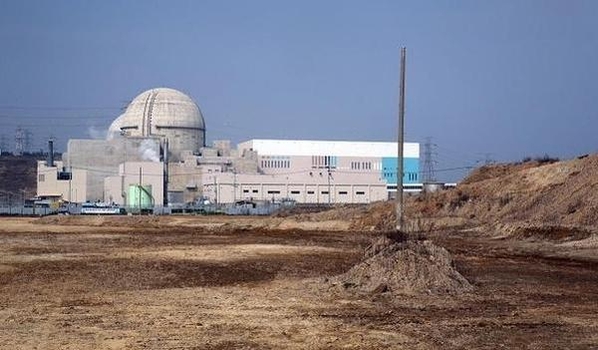Enter 2021.02.20 07:00
According to the KEPCO Electric Power Consolidation Report on the 20th, last year’s nuclear power generation amounted to 16,184 GWh (gigawatt hours), an increase of 9.8% from the previous year. The number of annual nuclear power generation exceeding 160,000 GWh was the first in the Moon Jae-in administration since 2016. Nuclear power generation fell to 130,000 to 140,000 GWh per year, starting in 2017, when the government declared its policy to eliminate nuclear power, and then rebounded last year.

Despite the government’s policy to post-nuclear power, Korea’s dependence on nuclear power has increased. The causes are complex. One interpretation is that nuclear power plants have largely filled the power gap caused by the decrease in coal power generation, and the proportion of nuclear power plants in power production has increased. It also affected the fact that some nuclear power plants, including Shin-Kori Unit 4, which had been shut down due to maintenance, were put back into normal operation. In the wake of last year’s coronavirus, the total power generation decreased and the peak demand for electricity decreased as in the previous year.
Professor Joo Han-gyu of the Department of Nuclear Engineering at Seoul National University said, “Last year, the total amount of power generation in our country has decreased compared to the previous year, but the amount of nuclear power has increased.” It only became clear that there was no reason to continue the post-nuclear policy.”
Chung Dong-wook, professor of energy system engineering at Chung-Ang University, said, “The energy generation method in Korea follows’economic dispatch’, which considers economics as the top priority, and in the case of base-load power plants, they are operated in the order of cheapness.” “It shows that it is superior to other energy sources in terms of economics.”

According to the original government plan, as coal operations have been reduced, the required electricity must be replaced with renewable energy, which is currently impossible. At the end of last year, the capacity of renewable energy facilities was 20.9GWh, an increase of about 30% compared to the previous year, but the amount of power generation increased by 3.9% to 3,7804GWh. In the case of solar and wind power, the efficiency is significantly lower compared to the facility capacity because the amount of power generation is jagged depending on the season or weather. In Korea, the average utilization rate of solar power generation is about 15% and wind power is around 23%. Coal and nuclear power plants that can provide power at all times have an average utilization rate of 75%.
Renewable energy needs an energy source to compensate for intermittentity, and the government chose LNG as an energy source to replace cheap coal and nuclear power plants. As part of that, the government has decided to shut down 30 coal power plants by 2034 and replace them with 24 LNG power plants.
The problem is that all LNG is imported from abroad, the power generation cost is high, and the price volatility is high, so if LNG dependence increases, instability increases in terms of energy security and electricity prices rise, experts point out. According to industry sources, as of last month, the price of LNG spots (spot trade) in Asia soared to $32.5 per MMBtu. As LNG imports from Asian countries, including Korea, surged due to the influence of the cold wave, the price jumped four times in one year. As international oil prices have recently surpassed $60 per barrel, the rise in LNG prices is expected to continue for the time being. LNG prices usually follow oil prices with a three-month lag.
In addition, as the fuel cost indexing system is implemented from this year, when fuel costs, including oil prices, rise, electricity rates will also increase at a lag. Electricity rates are expected to decrease in the first half of this year due to low oil prices last year, but rates are expected to increase from the second half, reflecting the recent rise in oil prices and LNG prices.
Energy experts insist that even in such a situation, the government should not make the mistake of insisting on a nuclear power plant policy. Chung Dong-wook, a professor at Chung-Ang University, said, “We must maintain the nuclear power plant at the base load and use new and renewable energy in parallel to achieve the goals of economics, stability in power supply and demand, and carbon neutrality.”
